
9 minute read
LIQUEURS: FUN AND FLAVOUR
Fun and flavour
Liqueurs are one of the most colourful and diverse sectors, with something to offer a range of drinkers. Caoimhe Hanrahan-Lawrence gets the low down on the category.
Liqueurs represent a diverse and dynamic sector of the drinks industry, with a wide range of flavours appealing to a variety of palates. The liqueur sector both contains specialist brands, such as Mr Black coffee liqueur, as well as brands with a range of flavours. For the consumer, they offer an effortless way to recreate cocktails or put a unique twist on an old favourite. Tom Baker, founder of Mr Black, emphasised the ease of use of liqueurs.
“Liqueurs are the shortcut to great tasting drinks. After all, historically they’re a method of preserving flavour and freshness,” he said.
The vibrant colours of liqueurs give visual appeal, and attract consumers looking for simple drinks as well as skilled cocktail connoisseurs keen to craft their own recipes. For Marie Brizard brand manager Nick Harris, liqueurs have a multitude of uses.
“With a myriad of producers, styles, and flavour profiles, I’m of firm belief that the perfect liqueur range can both play a supporting role in the construction of classic cocktail recipes and lead as the hero spirit in modern cocktails or playful experiments,” Harris commented.
Our favoured flavours
Flavour is one of the most obvious differentiators within the liqueur sector, with certain flavours experiencing a boost in popularity that buoys the category.
“Demand for liqueurs unsurprisingly follows bar and home cocktail trends, as such flavours like triple sec follows the margarita and coffee liqueur the espresso martini,” Harris said.
Harris has noticed a rise in the popularity of elderflower liqueurs due to its use in spritzes and low alcohol drinks. Lychee is another surprising trend, which Harris believes is influenced by trends in the food world. The culinary scene is no stranger to liqueurs either, with orange and nut liqueurs frequently appearing on baking shows and in dessert recipes.
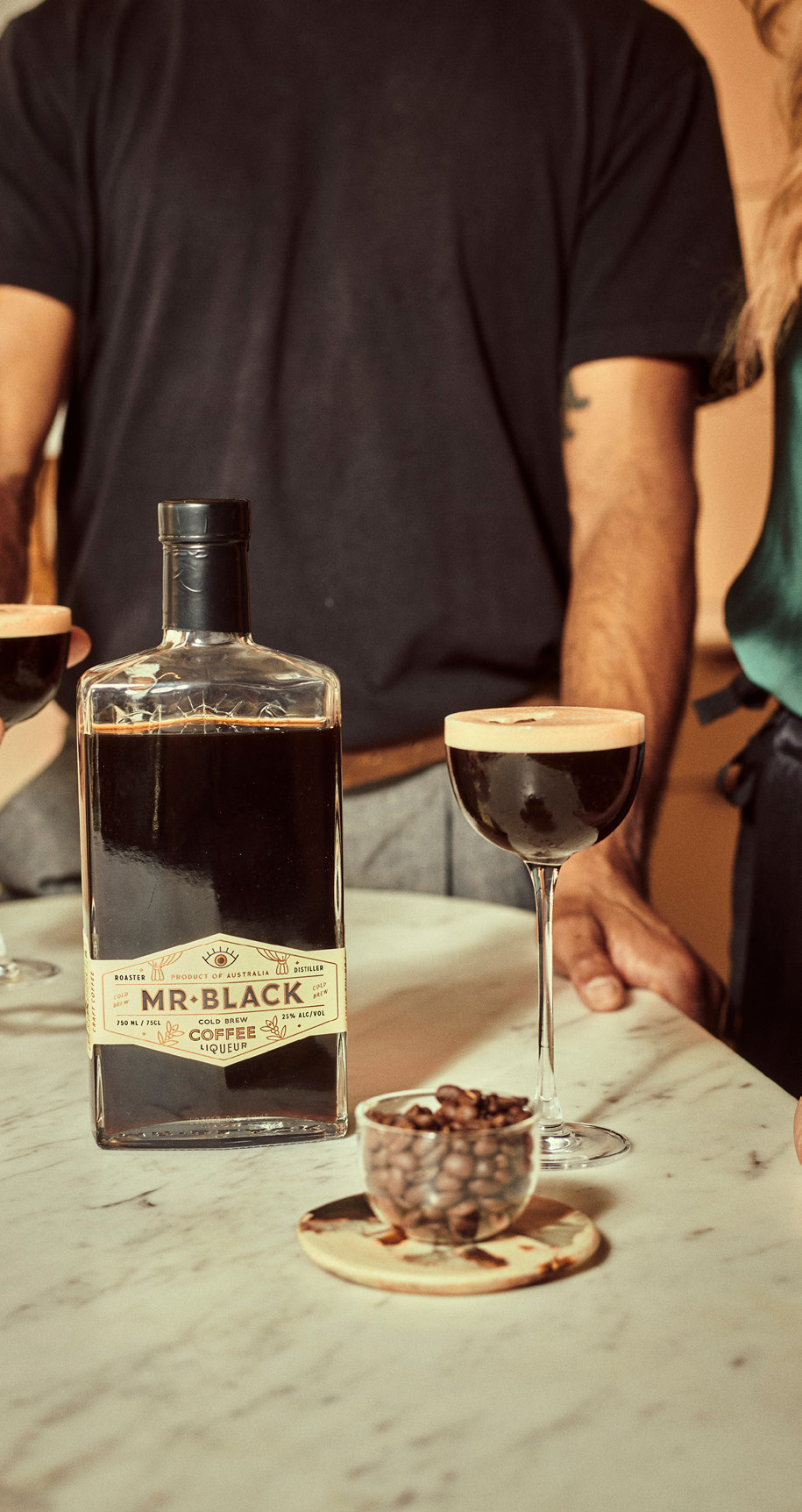
“I think a lot of the trends are taken from food and cooking shows. The likes of Master Chef has had a huge impact on consumers’ understanding of exotic ingredients and an openness to experiment,” he said.
As the weather cools, fresh fruits are becoming harder to come by and more expensive, but liqueurs offer a means of replicating these flavours.
“Liqueurs have played an important role in the evolution of cocktail culture, historically an efficient and stable way of introducing flavours of fruits, spices and other botanicals that may either be perishable, seasonal, or hard to manipulate,” Harris explained.
Though other beverage sectors see stark changes in sales during winter, Baker doesn’t see as much of a seasonal change in the liqueur and cocktail world.
“I love that Australian drinkers aren’t particularly seasonal like in many parts of the world. It’s not unusual to see people drinking espresso martinis in any weather - hot or cold,” he remarked.
Emily Prochazka, brand manager of De Kuyper and Cherry Heering suppliers William Grant & Sons agrees, saying that consumers haven’t yet given up the drinks that proved popular in the summer.
“Refreshing trends are still at the top with margaritas and passionfruit martinis trending over the warmer weather we just had over the last six months,” she said.
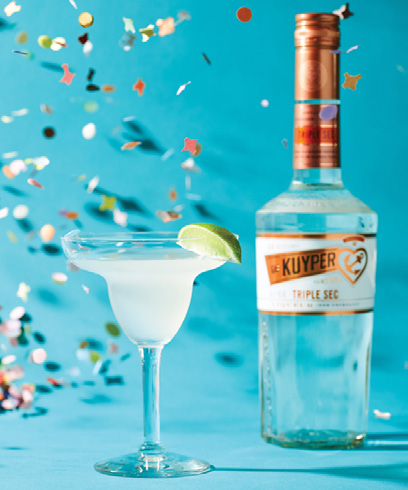
However, there are some flavours that prove particularly popular in the colder months, such as warming cinnamon or chilli, and citrus and stone fruit flavours which are common in wintery cocktails.
As with many other segments, oncoming economic pressures will likely affect the liqueur category, and may result in consumers becoming more discerning and less ambitious with their purchases. That’s where retailers (and suppliers) need to communicate a product’s value proposition.
“Consumers continue to experiment and look for different options (and inspiration) across all quality segments, and with the recent cost of living pressures will come the need for retailers to show value in more ways. Shoppers will be looking for value in price as well as value outside of price; for example, quality in liquid, or added experiences,” Prochazka outlined.
Boozy beans
As a nation of coffee fanatics, it’s no surprise that coffee liqueurs are popular in Australia as well.
“Aussies love their coffee - it’s a part of our national identity. It’s an obsession. High quality coffee liqueurs are really just an expression of that, but during cocktail hour. Outside of Bailey’s, I don’t think other categories of liqueurs have the same deep consumer obsession,” said Baker.
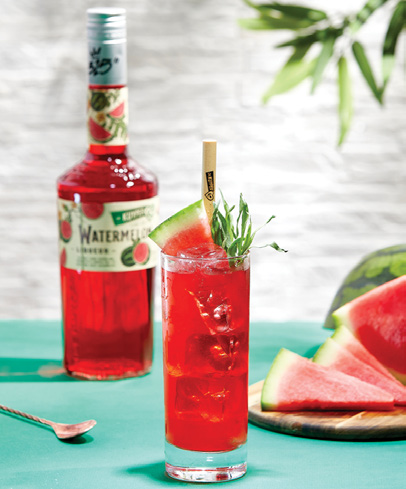
With coffee-flavoured cocktails seeing a spike in popularity, this is a great time for coffee liqueurs, according to Georgia Hawkes, assistant brand manager at Kahlua distributors Pernod Ricard.
“Coffee liqueur has always been a mainstay in Australian’s liquor cabinet, but we are seeing an increased demand as espresso martinis are really having a moment!” Hawkes commented.
The popularity of coffee flavouring doesn’t end with coffee liqueurs like Mr. Black and Kahlua, since 88 per cent of Australians enjoy coffee in some form, according to McCrindle.
“The coffee trend is no longer just confined to liqueurs, as coffee flavours are popping up in other categories such as rum and tequila,” Hawkes continued.
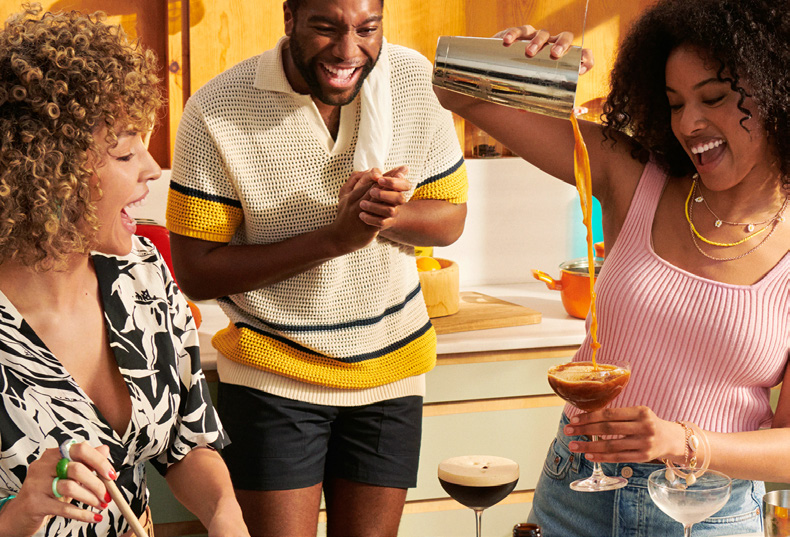
However, the popularity of coffee in Australia means that Aussies are highly discerning when it comes to their products. It is not enough for a liqueur to taste like coffee – it needs to taste like good coffee. For Baker, a search for quality supersedes the trend towards local drinks.
“I don’t think drinkers are looking for a high variety of liqueurs on their back barthey just want the best. That may be local, but why have three different coffee liqueurs? One makes the best cocktails - buy that one. Local will always have a strong appeal to Aussie shoppers , but I think drinkers are smart enough to know that Aussie doesn’t always mean high quality or the best,” Baker said.
Coupled with consumer concerns about sustainability in the liquor industry, the coffee industry has seen an increased interest in sustainable and ethical coffee production. The Mintel Global New Product database indicated that as of 2020, approximately half of all coffee brands have some kind of environmental or sustainable certification, almost double the numbers of ten years ago. At the meeting point of these two sections of the beverage industry, sustainability and ethical production is a definite concern for coffee liqueurs. Additionally, consumers are wary of false claims.
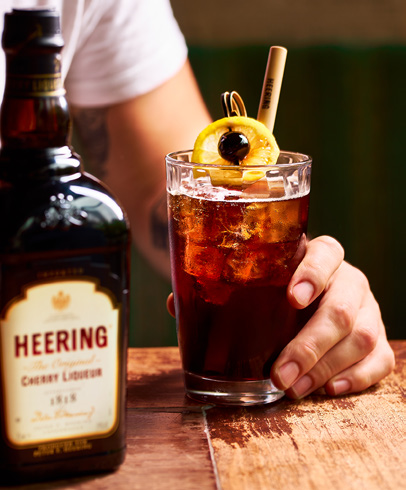
“Consumers don’t just take brands at face value and (rightly so) have high expectations when it comes to sustainability,” said Hawkes.
Crafting cocktails
Liqueurs frequently star in cocktails, and chances are that a customer looking to recreate their favourite drinks will require at least one in their home bar. The ability to personalise a favourite drink is also a key appeal of liqueurs.
“With six of the top 10 cocktails in Australia containing a liqueur, the demand for liqueurs is huge – and that’s not even taking into account flavour variations when it comes to popular classic cocktails like the margarita and mojito,” Prochazka said.
The broader cocktail trend and the rise of home bars during COVID lockdowns has had an undeniable effect on the liqueur sector.

“Consumers have a much broader understanding these days around what goes into their cocktails. This is driven in part by the fact that most of us were stuck at home during COVID with no bars open, leading us to learn how to make that favourite daiquiri that we used to drink in bars. It’s had a huge impact on not only the range of spirits and liqueurs consumers now have at home, but also their understanding of many classic cocktails,” Harris explained.
Even so, cocktail education still has a way to go, especially with an ever-growing range of available liqueur varieties.
“We saw consumers become more familiar with liqueurs during lockdown as the ‘home-premise’ trend grew and more and more consumers were learning how to make cocktails at home. However, there is still an education job to be done with consumers to help uncomplicate cocktails,” Prochazka commented.
For Hawkes, social media plays an important role in promoting the category through cocktail recipes and tips, especially among young adults.

“Liqueurs are still important as they allow consumers to be more personalised and creative when it comes to mixology. Cocktails are full of theatre and are incredibly visual and, as we’ve seen on Tik Tok, encourage some amazing experimentation and trends,” she described.
Another beneficiary of the cocktail trend has been RTDs and pre-batched cocktails. However, it does not seem that prebatched cocktails will overshadow liqueurs, especially with the rising cost of living.
“While there is certainly increased demand for pre-batched cocktails which are receiving increased shelf space, these are still regarded by many as a luxury purchase so I think the need for both [liqueurs and pre-batched cocktails] is still very much required,” Harris argued.

Prochazka agreed with this, citing a recent CGA report that indicated that consumers generally prefer traditional cocktails as opposed to pre-batched options, a preference that is even more pronounced among older consumers.
With such a wide range of uses and broad appeal, liqueurs remain in demand. With consumer education initiatives and an awareness of trends within the sector, liqueurs can prove an integral part of a retail strategy.






